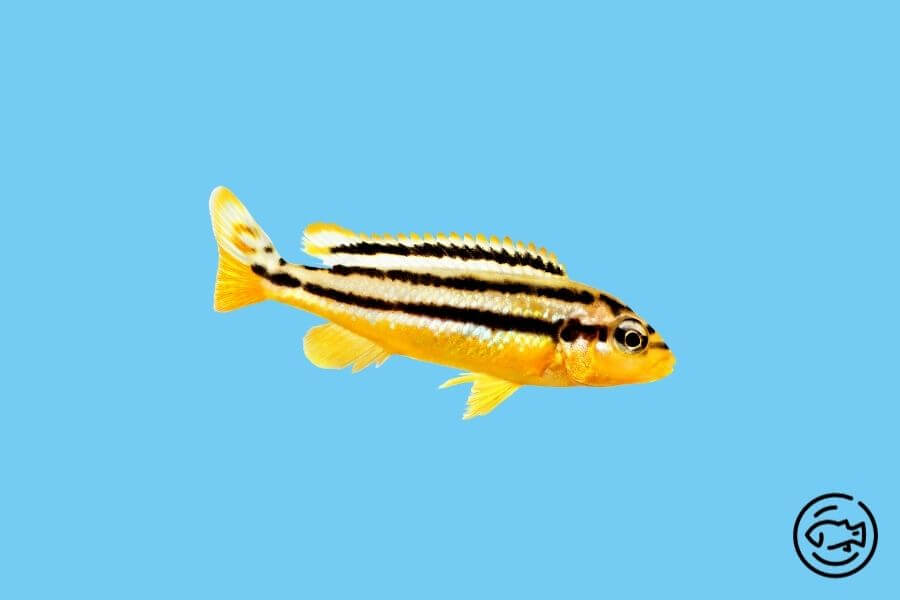Melanochromis Chipokae belongs to a group of the broader cichlid in the Cichlidae endemic that is found in Lake Malawi, and they are only found in the Chipoka area.
This species of fish loves a habitat that has patches of sand in between the rocks.
This piscivorous fish can grow up to 12 centimeters(4.4in).
You can also find it has been sold in the aquarium business. That’s why its population is under threat and has led to a tremendous decline in its population for about 90%, and as a result, IUCN has declared them an endangered species.
Melanochromis Chipokae Appearance
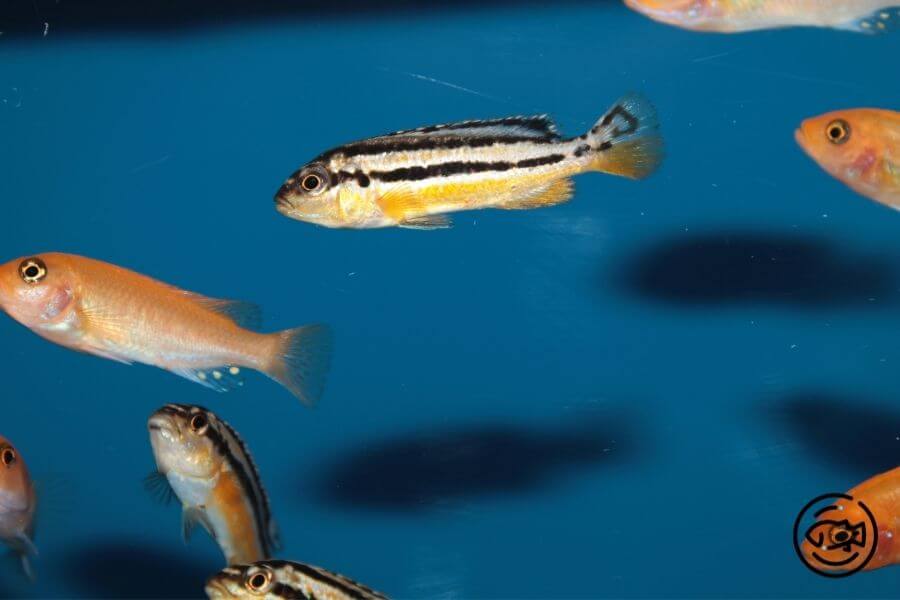
Melanochromis Chipokae resembles M.Auratus as they have two horizontal bars that run across their body along the lateral line to the base part of the dorsal fin.
The male ones are navy blue with some light blue fins and bars instead of black and white.
The female ones are always yellow and black on their top and yellow/black, rather than white/black in appearance at the upper and yellow/black at the lower regions. They can grow to a maximum size of 5ft.
Melanochromis Chipokae Care
Aquarium Requirements
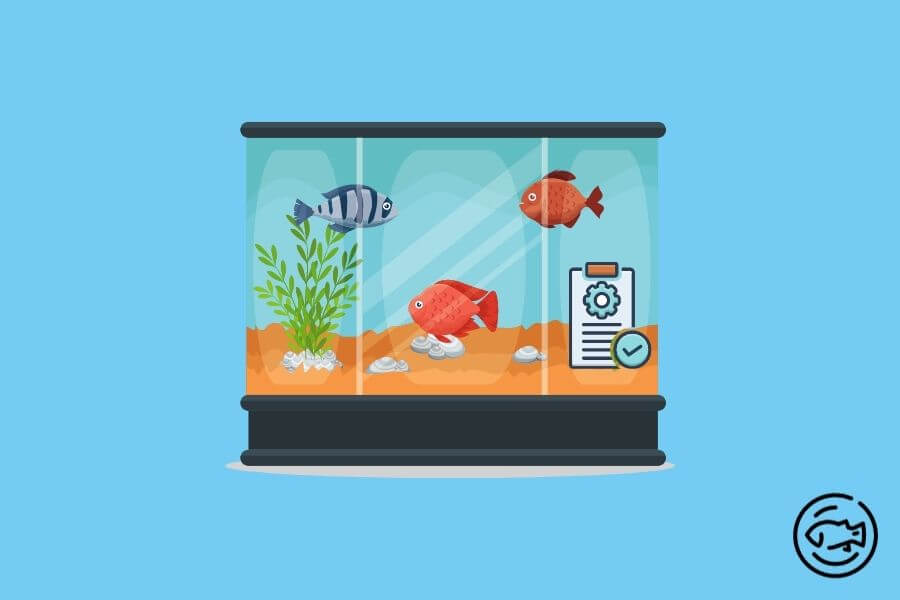
The aquarium requirement for rearing Melanochromis Chipokae should measure at least 4ft long and be given an aquascaped that resembles a rocky reef outcome with sufficient caves or visual barriers where the fish can swim and hide with a sandy substrate.
You can also use décor like ocean rocks to construct a sturdy structure for the fish, stretching from the aquarium basement area to a closure area of the water surface.
The sole purpose of this structure is purely to develop crevices where the fish can explore and should be constructed in such a way to bring stability to the rocks when the fish in the tank start to dig around, and they may not affect their surroundings.
Usually, it is advisable to use a substrate of Aragonite or coral to keep the tank water alkaline and hard.
Melanochromis Chipokae typically feels a lot safe and will appear with better color in a darker substrate.
To buffer, you can place the coral or Aroganite in a mesh bag and keep it inside another external filter.
This is because the majority of these fish species are highly aggressive and need to be controlled to avoid overcrowding which may cause severe dispute and lead to fighting that may end up causing fatality of some of the fish.
Additionally, to cope with the occurrence of heavy bioload, you need to increase the number of filtration.
A good example is a Chipokae Cichlid which is advisable to keep only one male in a particular place in the aquarium with several other females.
If you leave just one female with another male, it will be harassed to the extent of causing injury and death.
This species can also be kept in a tank and other Mbuna that are strong to protect themselves from attack. But it would be best to avoid fish that have the same color to them.
Chipokae Cichlids are very territorial, and whenever you want to introduce them to a new tank, ensure that they are the last entrance to their new environment.
When you submit a new tank mate to an environment they believe belongs to them, hell may break open.
Feeding

Melanochromis Chipokae is omnivorous, and you can feed them with good flake food and other appropriate granular food of the right size made explicitly for them.
Occasionally, you can treat them with Mysis shrimp, mosquito larvae, brine shrimp enriched with some vitamins. Another treat for them is vegetables like cucumber, romaine lettuce, and blanched spinach regularly.
Acclimatization

After buying your Chipokae from the local fish store, ensure they are kept well into bags containing water from their former aquarium.
This water typically has ammonia, temperature Ph, and Nitrate parameter, which may change when the fish reach their new environment when transported for long distances.
The water in the new tank also needs to be well oxygenated for the fish to survive and breathe properly.
Water Parameter

Make a water change to get rid of the excessive nitrates.
Ensure that your water parameter is safe for the fish with the correct ammonia, temperature, Gh, Ph, Nitrate, and Nitrite parameters.
Before leaving the shop, ensure that you observe the fish behavior if it is healthy, are its compatriot healthy, was it swimming well or laying at the bottom.
Ensure that you buy a healthy fish because a fish with the disease can cause contamination in the aquarium and affect other fishes.
Also Read: Why Do Aquarium Fish Eats Other Fish?
Introducing The Chipokae To The Tank
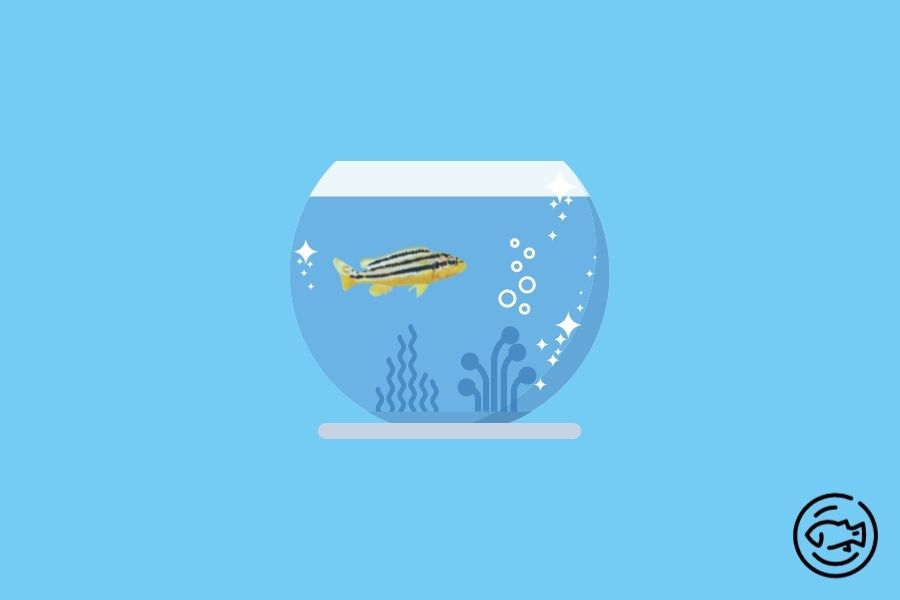
Open the bag containing them.
If a strong smell comes from the water, do not worry because it is due to the ammonia from their feces that is detoxified by the shipping products.
Put your fish in a packet that you mainly use for fish keeping.
Supposing you got them from a different store, place them into different buckets.
After, add water conditioners to the water. This will help in detoxifying the ammonia so that the fish regain their mucus.
After adding water conditioners use airline tubing with a valve at the end and use it to siphon water from the aquarium.
For about one hour, ensure that you have doubled your water level. If you don’t have airline tubing, the other option to use is glass after every 15-minute interval for about 1 hour until you double the water level.
Close the lights that are present in the aquarium
Take the fish using a net and introduce it into the aquarium slowly.
Ensure that you place it into the artificial plant area so that it may hide
What To Do After Adding Melanochromis Chipokae To The Tank?
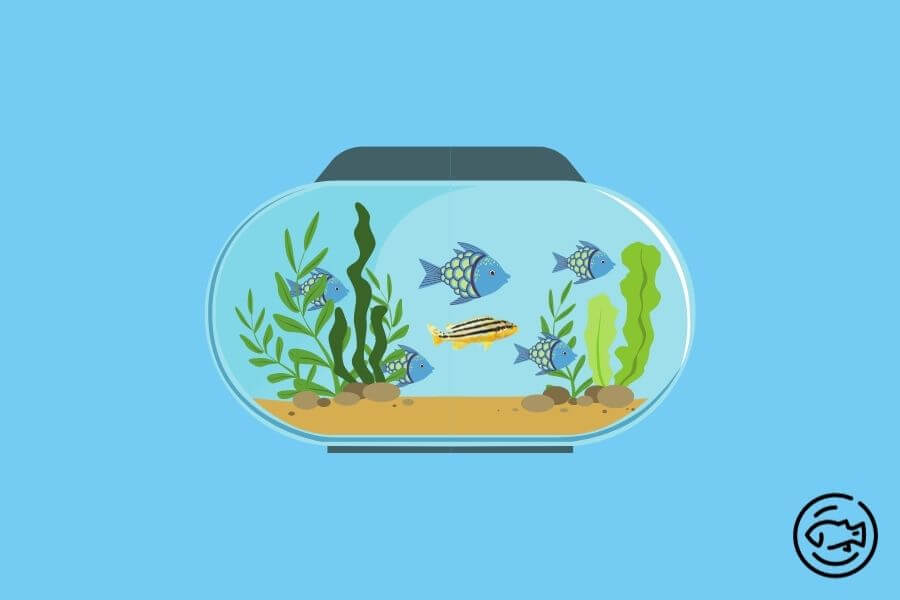
Once you have successfully added the fish into the aquarium, destabilize the water inside by moving the decorations around.
This will cause a distraction to the fish, and they will not notice that they are in a new environment and the company of other new guys.
It is essential to monitor your aquarium after introducing your new fish. This is to make sure that the other fish are not becoming aggressive towards the new entrants.
Change your tank water at the end of the day or the next day after adding your fish.
This is because the bioload available in the filter is used to other fish within the tank and might have peak some nitrate.
Breeding

The maternal mouthbrooder is usually bred in the home aquarium; however, it can be risky and challenging because Mbuna male species are aggressive.
You need to keep one male in the company of about five other females to help control the male aggression.
The male can kill a female if she keeps avoiding his advances.
Therefore ensure that there is the availability of many visual barriers in the aquarium.
When the male Melanochromis Chipokae is ready to spawn, its coloration will intensify with its aggressive nature.
He will go and clean the available spawning site and then display it to the females.
If one female accepts him, they will start to circle each other for a while in a head-to-tail manner until the female deposits her eggs.
The female deposit just one or two eggs at a given time, and after doing so, she will pick those eggs.
The male at this time will be rotating while shaking and extending his anal fin and then release his milt.
The female will then see the eggs spots that are found on the male’s anal fin and then attempt to pick them up and take the male milt simultaneously.
This fertilization process will continue. Subsequent fry will be held for a few more days.
A good blood size female can number between 20-40 for three weeks before she releases the fry to swim freely, and during this entire time, she will not feed.
A female that has been away from the other colony for a long time may lose her position in the pecking order.
Therefore, it would be best to be patient before you transfer a female away from the aquarium, not unless she faces some harassment.
But this may be unlikely because brooding females are usually aggressive than usual.
Tank Requirement
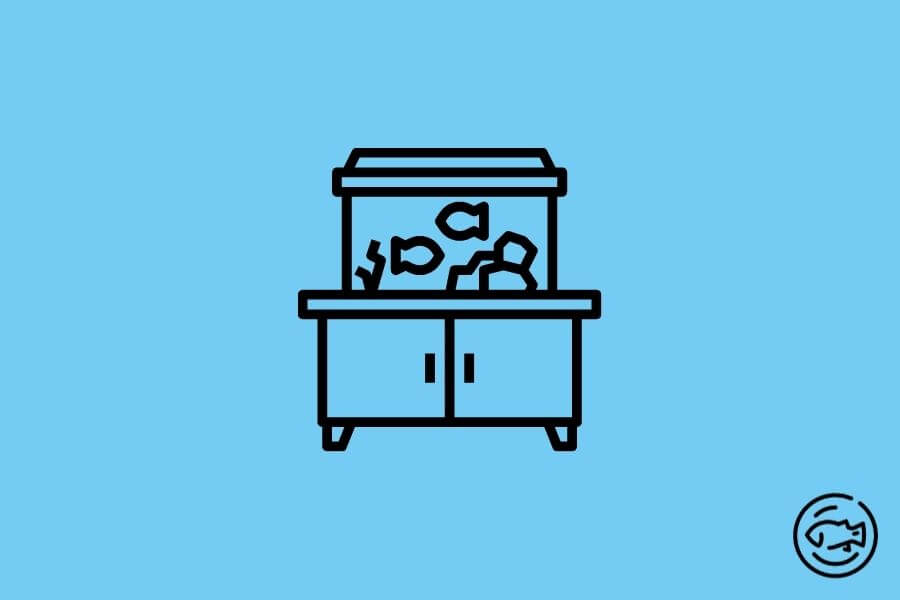
A good size tank measurement is 48 x 18 x15 or 120cm x 45 cm x 37.5 cm.
Add about 200 liters of water because the fish are aggressive and avoid small tank sizes to eliminate the chances of harassment of these fish.
Temperature
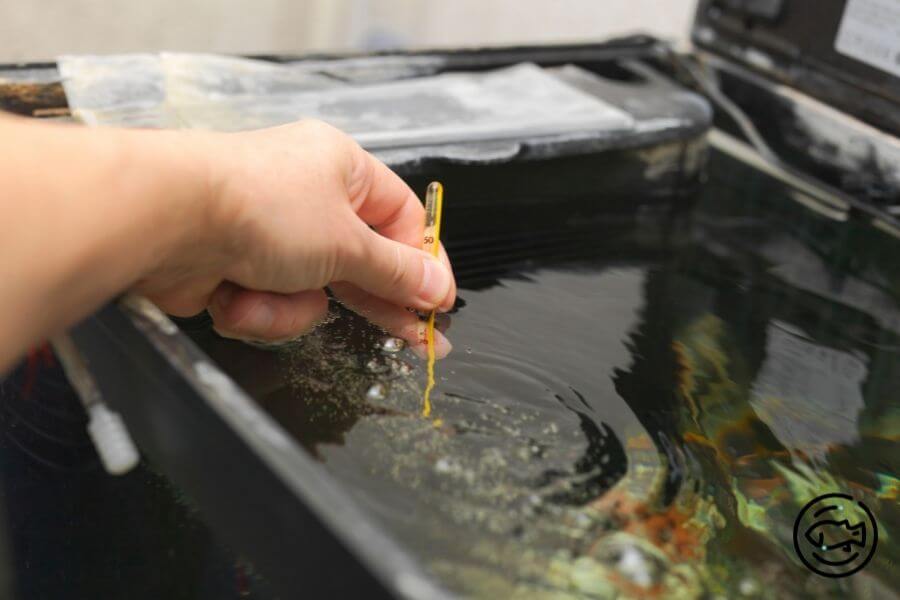
The temperature should range from 75-82 degrees (24-28 Celsius), a Ph of 7.6-8.8, and the water should be hard alkaline of 10-25H.
Conclusion
Mbuna are very popular among aquarium lovers because of their beauty, intelligence, playful nature, brilliance color.
Because of their aggressive nature, one needs to take all the necessary precautions when introducing them to their new surrounding to protect them because they are already endangered species in the world.
Mbuna defends their territory with aggression.
If you want to keep these species, then breed carefully and keep just one male among several females to avoid fatal and unnecessary competition for food and other resources in the aquarium.


